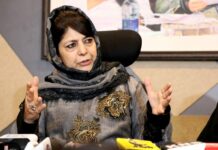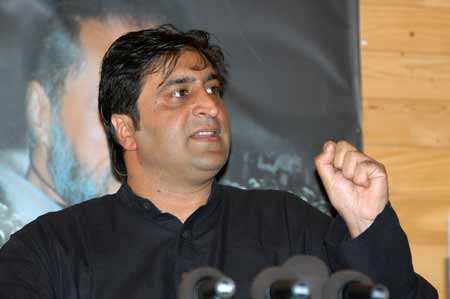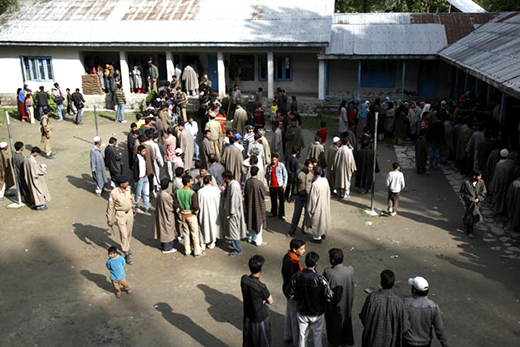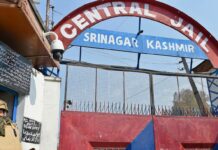By Iftikhar Gilani

At a time, when the Kashmir Valley is reeling under violence, Raja Farooq Haider – a Kashmiri origin politician representing divided families across the LoC is set to take over as the Prime Minister of Pakistan administered Kashmir (PaK). In PaK, which comprises eight districts, the head of government is christened as the Prime Minister.
Pakistan Prime Minister Nawaz Sharif’s Pakistan Muslim League (PML) party won 31 of the 41assembly seats in the vote held on July 21.
Haider is the regional chief of the PML, who spearheaded the party to victory. As many as 427 candidates of different political parties as well as independents had contested the election. Haider is believed to be only the second Kashmiri origin prime minister of the PaK, after Khan Abdul Hameed Khan, who had assumed office in 1975.
Haider during his election speeches had promised more cross-LoC people-to-people contacts, as well as boosting trade across the divided line. But his ascendancy will be seen in India with concern, because of his overt and nostalgic connections with the Kashmir Valley, currently being swept by a wave of violence.
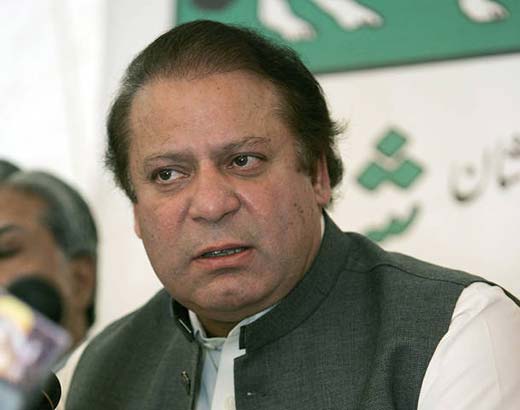
According to Islamabad-based analyst Ershad Mehmood, Haider’s preoccupation with reconnecting the Kashmir Valley may force Islamabad to agree to more CBM’s related to the flow of trade and the opening of more historical routes to reconnect the region.
Chairperson of main opposition Pakistan People’s Party (PPP) Bilawal Bhutto Zardari, however, has rejected the PaK election results alleging the ‘worst rigging’.
Pakistan People’s Party (PPP) and Muslim Conference secured three seats each, followed by Pakistan Tehreek-e-Insaf (PTI) with two seats to its credit.
The Jammu-Kashmir Pakistan People’s Party got one seat, while an independent candidate also emerged victorious.
Although real power over PaK has shifted from Muzaffarabad in 1952 to the Ministry of Kashmir Affairs in Islamabad, the province’s affairs in this part of Jammu and Kashmir have so far circled around a few influential personalities. This seems the first time, when a web of this influence stands broken.
The influential regional Muslim Conference (MC) has been humbled. The party was set up in Srinagar in 1931 with Sheikh Mohammad Abdullah as its first president to fight the monarchy. It was later rechristened National Conference (NC) in 1937. Like NC in this part of Kashmir, the MC mostly ruled Muzaffarbad in the period since 1947.
Unlike Kashmir Valley, which is more or less homogeneous ethnically, the PaK is fractured with tribalism and casteism. While south of PaK is influenced by Punjab, the North has a mixed population of Paharis, Gujjars, Jats, Rajputs and Kashmiris.
While the region is spread over 14,245 square kilometres, the polling process stretches across entire Pakistan because members for 12 out of the 41 directly elected seats are elected by 438,884 voters refugees from Kashmir, living in Pakistan.
Currently seven Kashmiri speaking candidates have made it to the Assembly.
Hurriyat leader Syed Yusuf Naseem’s wife, who had contested on a Muslim Conference ticket, has lost.
Soon after the results became public, Prime Minister Nawaz Sharif flew to Muzaffarabad.
In his first public address following his return from London after open-heart surgery in May, Nawaz urged Kashmiris “not to forget those in Kashmir who are sacrificing their lives to their movement for freedom”.
“Their movement for freedom cannot be stopped and it will be successful. You are aware of how they are being beaten and killed. All our prayers are with them and we are waiting for the day Kashmir becomes Pakistan,” Sharif said. (DNA)


